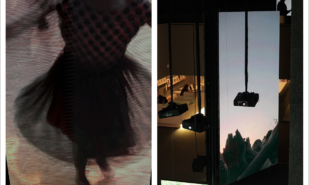You might adore Cézanne, Van Gogh and Degas, but there are some sides to them that you might not aware of yet, even if you have explored their paintings at the National Gallery, Courtauld Gallery in London and have made frequent trips to Musée d’Orsay and Musée de l’Orangerie in Paris. There is a hint: to be a great artist usually involves meticulous everyday work and preparatory drawings. And those drawings and sketches with a certain attitude and approach could be turned into chef d’œuvres of their own. And this approach was not just there, sitting comfortably and waiting to be applied to drawings and other graphic art. Interestingly, the interest in preparatory work and their perception as something worth seeing and analysing separately from the final painting, or even as something that has never gone further than a study or a drawing, in fact was created by the very artists that used them.
Impressionists on paper: Degas and Van Gogh as avant-garde artists
| Author | |
|---|---|
| Category | Columnists, Culture, Lifestyle, Town |
| Date | November 30 2023 |
| Reading Time | 4 min. |
Impressionists on paper: Degas and Van Gogh as avant-garde artists
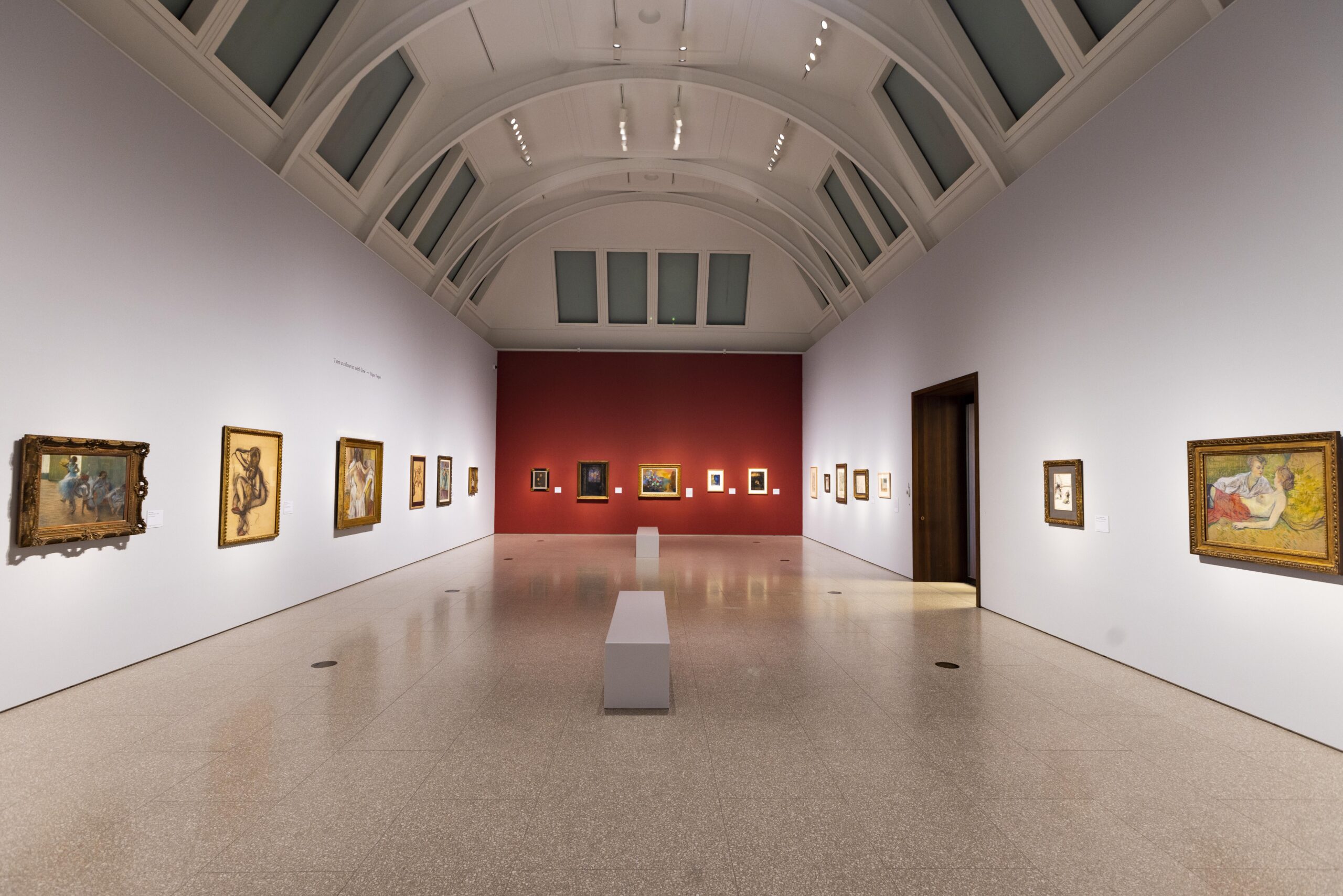
Photo: © David Parry/ Royal Academy of Arts
The Royal Academy of Arts always surprises its visitors with great and well-curated projects, and now it has decided to offer you a chance to explore the process of one important artistic breakthrough. November 25, 2023 marked the opening of the ground-breaking exhibition Impressionists on Paper that presents the radical and innovative drawings by the artists we all love but, as it turns out, don’t know that well. Apart from creating paintings that would later be categorised as part of Impressionism and Post-Impressionism movement, these artists also contributed to a seismic and definitive shift in the way the world perceives drawings. It is through their efforts and constant production of temperas, watercolours, gouaches and pastels that were as important to them as their paintings, that the artists of the late 19th century changed their status. They ceased to be just something preparatory you left in the studio, and now we have many exhibitions dedicated to drawings only, and this is one of them. Actually, you can enjoy the drawings by David Hockney just a few hundred metres away, and you could dedicate your whole day in London to exploring the art of drawing, while also savouring the refreshing rendez-vous with your favourite artists.
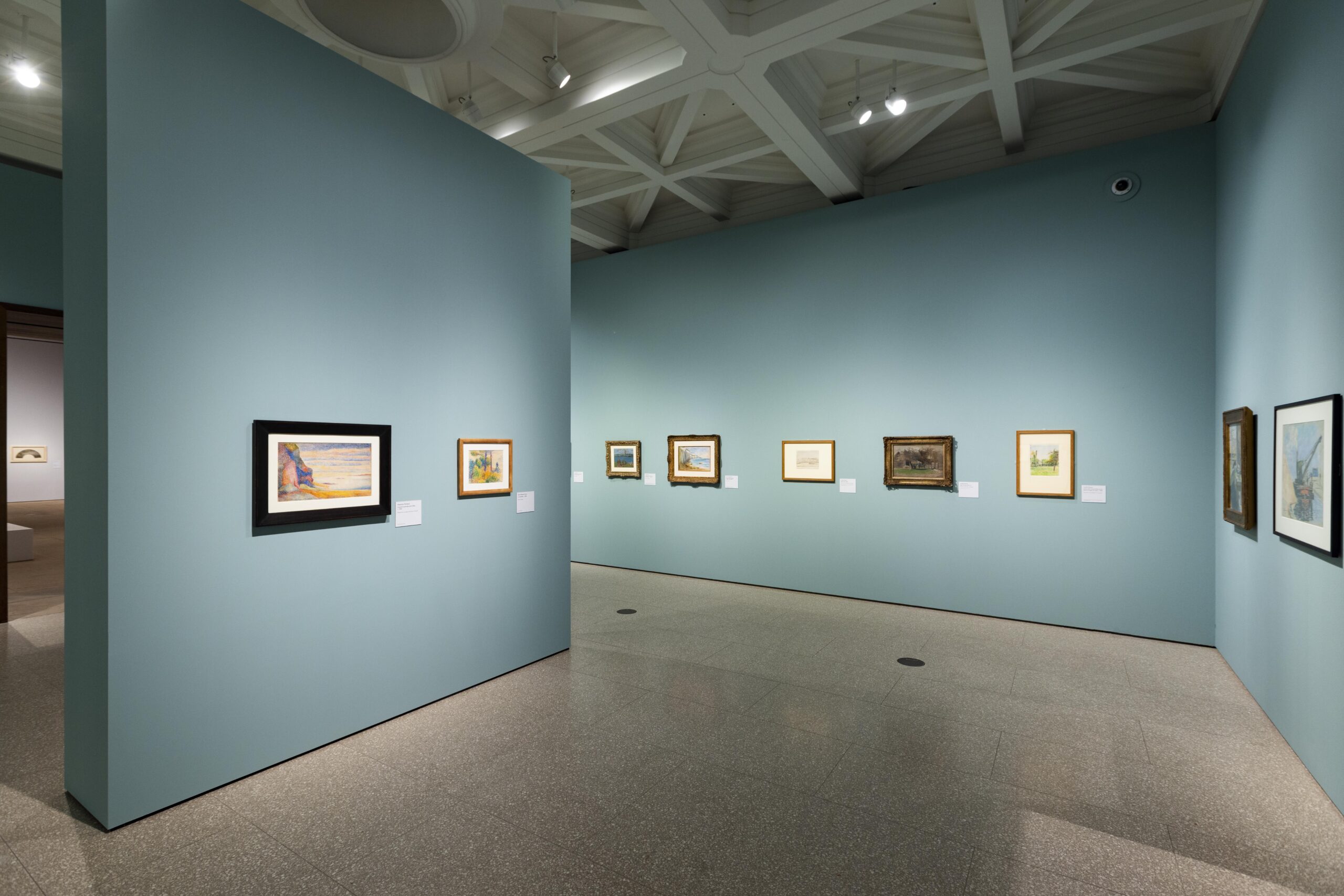
Photo: © David Parry/ Royal Academy of Arts
The exhibition at RA is open from 10am to 6pm every day, with Friday nights offering you a chance to explore it at your own speed till 10pm. Tickets are 19-21 pounds, with friends of RA going for free (a good moment to become one and watch the exhibitions throughout the year). This exhibition that brings together 77 drawings from private and state collections by Impressionist and Post-Impressionist artists will be housed in the Gabrielle Jungels-Winkler Galleries and partly in Burlington Gardens. By the way, you don’t have to free up the whole day for the exhibition, as It is a perfect way to have a break from Christmas shopping here in Piccadilly Street. But if you have a weekend to dedicate to drawing, there are series of workshops spread throughout the duration of the exhibition. There are many studies and life drawings presented here, and you might recognize the famous themes of some of the artists. Some of them are really breathtaking and slightly scandalous in their approach that doesn’t hide any detail from the viewer and explores the subject in awkward poses at moments when they don’t intend to be seen by anyone. Intimacy and voyeurism combined, presentation of a moment caught in its fluidity become a trademark of the drawings that we recognize instantly as we know it from the paintings, and it is true both for nature and the people drawn here.
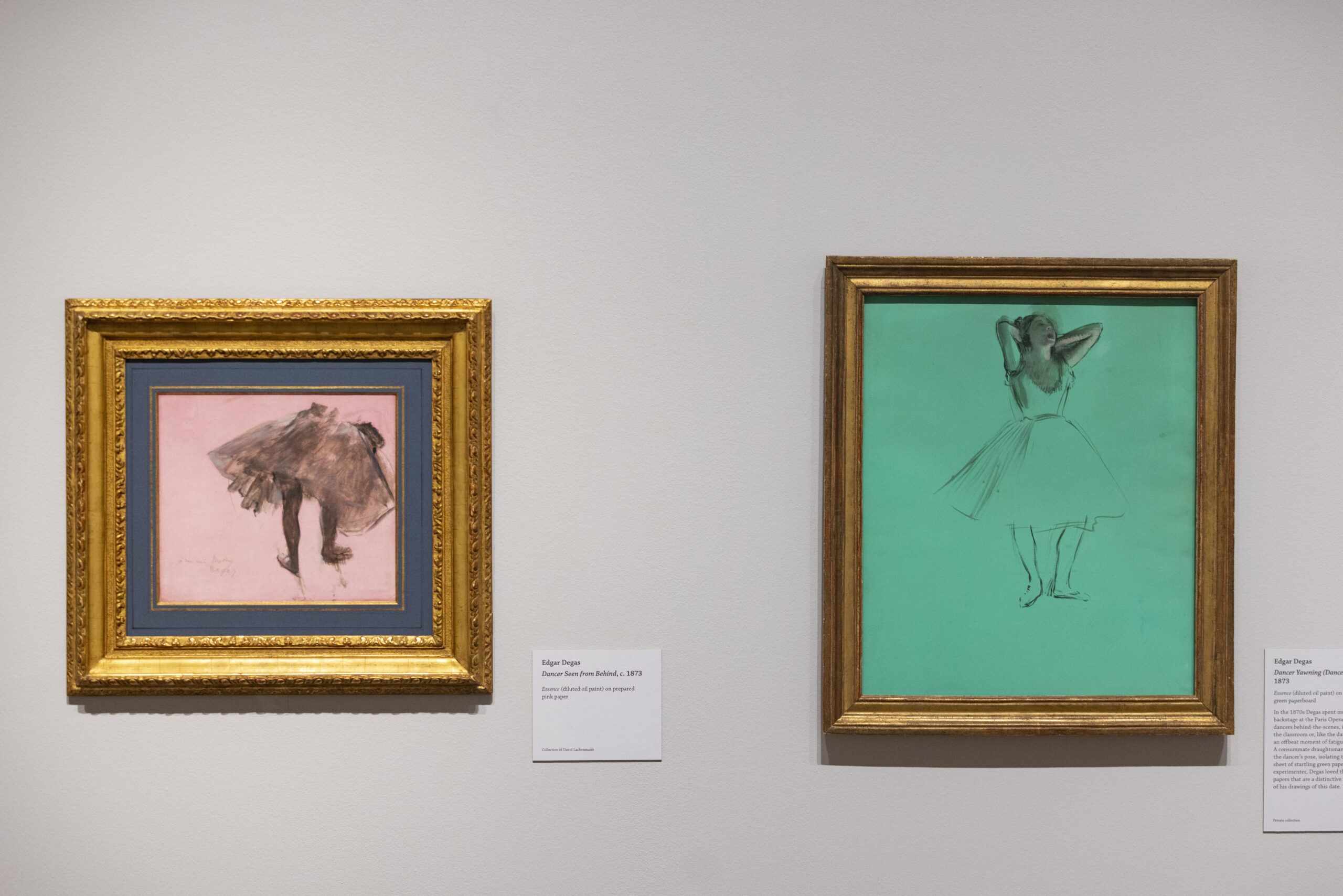
Photo: © David Parry/ Royal Academy of Arts
There is Dancer Seen from Behind (1873), Dancer Yawning (1873), Two Dancers Resting (circa 1890-1900) and Dancers on a Bench (circa 1898) by Edgar Degas who is known for his scenes from ballet backstage that often look like paparazzi photos with a twist. Degas liked to use coloured paper and deliberately watched out for candid scenes and captured them very naturalistically, so his drawings often feature at the sources of photography exhibitions. He teaches us to develop our gaze and attention to fleeting moments. Our attention is also drawn by At the Circus: The Encore (1899) by Henri de Toulouse-Lautrec and and After the Bath, Woman Drying Herself (circa 1890-95) by Degas again, with both painters known for their interest in a female body and voyeuristic regards at situations never before observed in art. Federico Zandomeneghi, a less well-known artist of the epoch, also catches a fleeting glimpse of woman in her intimate moments in his Study of a Woman from Behind (1890-97).

Photo: © David Parry/ Royal Academy of Arts
There is also Seated Youth, Study for ‘Bathers at Asnières’ (the original is at the National Gallery) by George Serat, as we should never forget about the generic quality of a work not finished that initially went hand in hand with a drawing. Explorations of humans in the mythological and cultural context are represented by Odilon Redon’s Ophelia Among the Flowers (circa 1905-08) and others. Claude Monet amazes us with his landscapes where some locations are easily recognizable as they also feature in his paintings – for instance, Cliffs at Etretat (1885), and there are also less well-known landscape gems, such as a watercolour Coastal Landscape with Cliffs (1905) from Hyppolite Petitjean. Your beloved artists appear with drawings you might have never seen – for instance, there is The Fortifications of Paris with Houses (1887) by Van Gogh who thought that drawing was ‘the root of everything’ – here he combines graphite, black chalk, watercolour and gouache. There is also the portraiture genre in drawing very deserving artists, such as Portrait of Isabelle Lambert (1885) by Berthe Morrisot. Morrisot, the student of Edgar Manet, develops attention to psychological detail and nuances of her model’s mood.
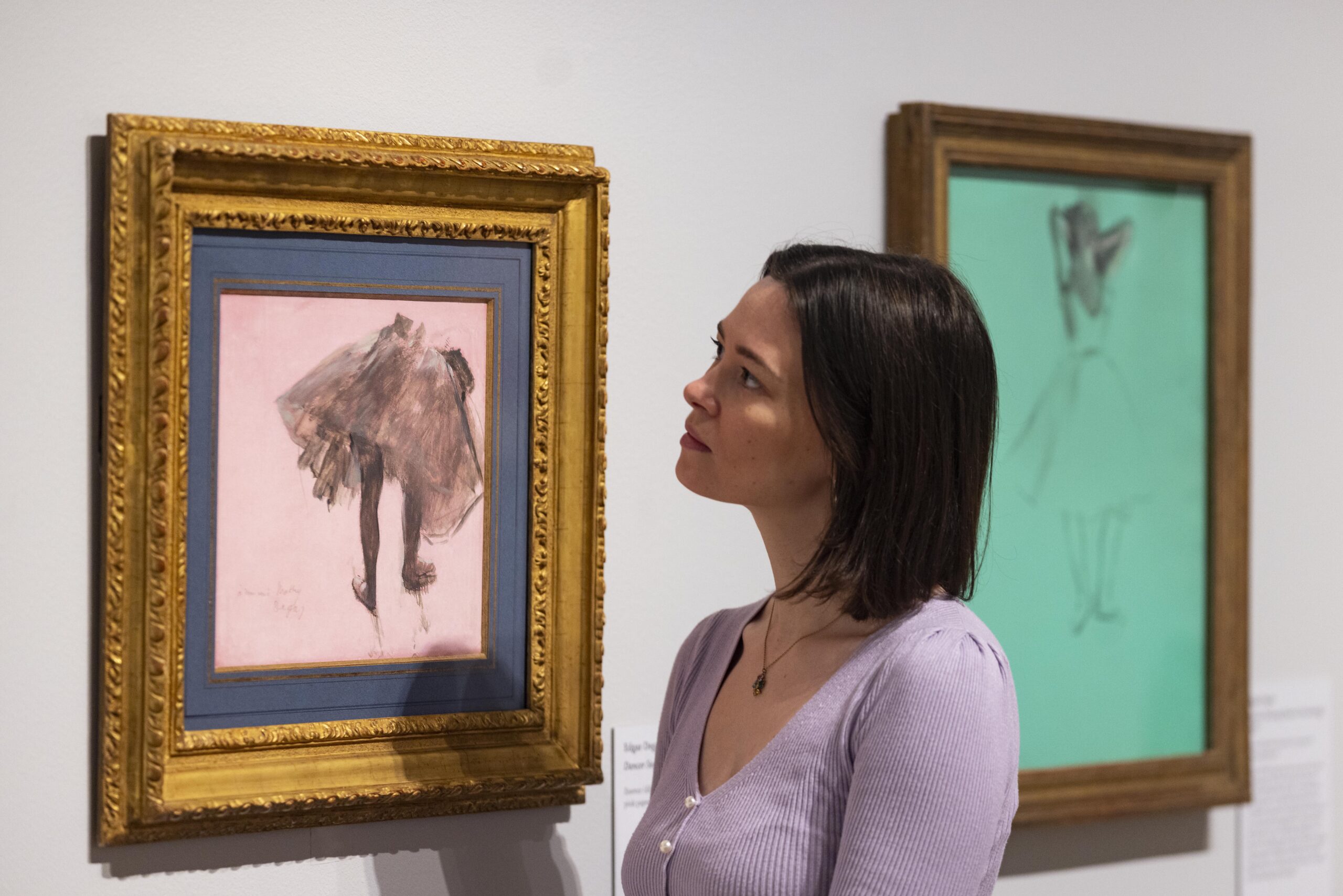
Photo: © David Parry/ Royal Academy of Arts
Many drawings are very fragile and are usually not exhibited in public, so this exhibition is a unique chance to explore the rarely seen works of art by Cézanne, Degas, Van Gogh and Toulouse-Lautrec that represent the technological developments of the late 19th century and show us how the gaze of an artist began to capture the intimate and fleeing moment with all the available materials (pastel, gouache, watercolour, chalk, essence, Conté crayon), thus expanding the borders and horizons of art for themselves and for all of us who live today.

